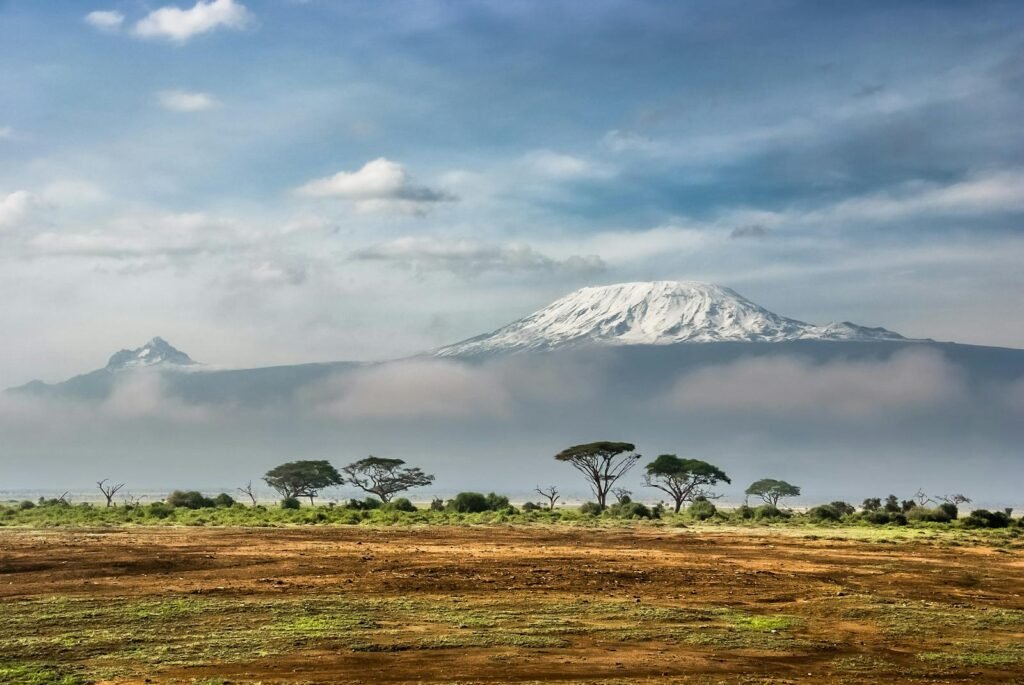Have you ever wondered what it would be like to step back in time—to touch something ancient, something that survived ice ages, volcanic eruptions, and the relentless march of evolution? On the misty, wind-swept slopes of Mount Kilimanjaro, some of the world’s most extraordinary botanical survivors flourish. These prehistoric plants look as if they belong in a storybook about dinosaurs and lost worlds, not our modern era. Their dramatic shapes, strange adaptations, and stunning resilience ignite the imagination and remind us of life’s endless creativity. Let’s embark on a journey up Africa’s tallest mountain and meet the living relics that have outlasted millennia.
The Icy Crown of Kilimanjaro

Rising to nearly 6,000 meters above sea level, Mount Kilimanjaro is a snow-capped giant towering over Tanzania. Its gleaming glaciers and frosty summit seem out of place above the African plains. These icy conditions have helped preserve unique ecosystems, sheltering ancient plants that are rarely found elsewhere. The mountain’s extreme temperature gradients—from tropical forests at the base to arctic conditions at the peak—create a mosaic of habitats. This climate diversity is one reason Kilimanjaro has become a living museum for prehistoric flora. Even today, scientists find new surprises as they trek through the mountain’s ever-changing zones.
Isolated by Altitude: Nature’s Time Capsules

The higher you climb, the more you feel like you’re traveling through time. Kilimanjaro’s plants are isolated from the rest of the world by formidable barriers of altitude and weather. These “islands in the sky” have allowed certain species to survive unchanged for thousands, even millions, of years. Because few animals or competing plants can survive such harsh conditions, these ancient species have thrived with little interference. It’s like discovering a forgotten attic filled with treasures from a bygone era, untouched and untamed.
The Giant Groundsels: Nature’s Alien Sculptures
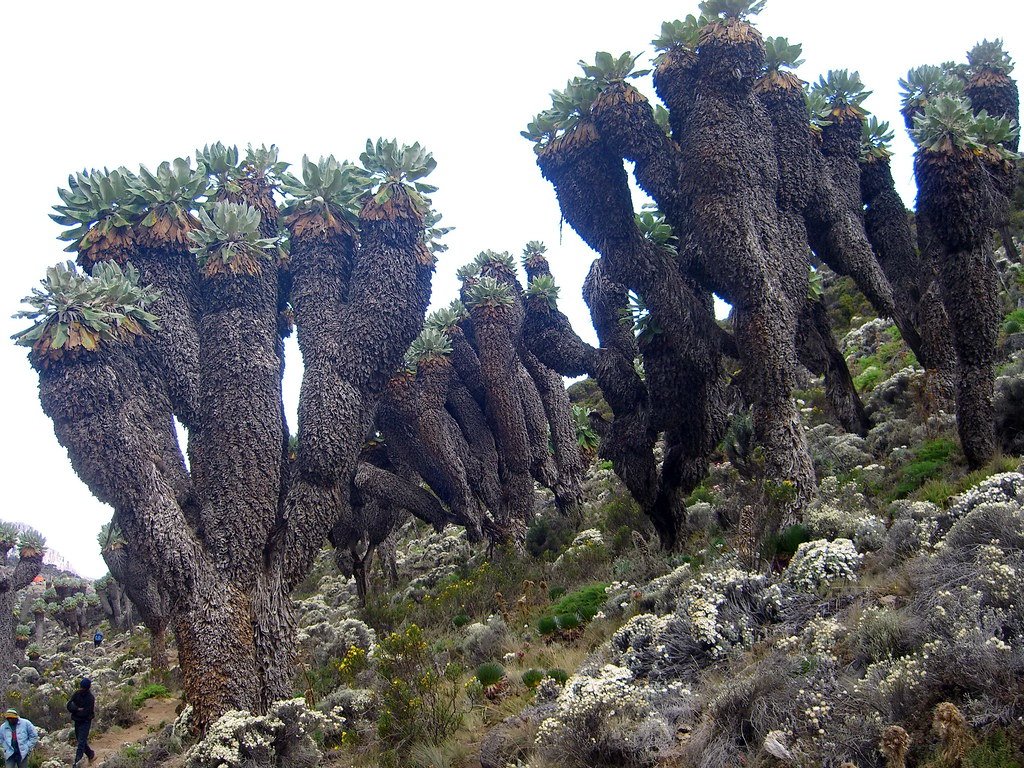
One of Kilimanjaro’s most iconic prehistoric plants is the giant groundsel (Dendrosenecio kilimanjari). These towering, tree-like daisies can reach heights of over six meters, looking more like something from a sci-fi movie than a daisy family member. Their thick, woolly leaves help them survive freezing nights, while their trunks store water for droughts. Some botanists liken them to sentinels guarding the upper slopes, their strange silhouettes shrouded in mountain mists. They’re living proof of evolution’s ability to adapt to even the most extreme environments.
Lobelia Deckenii: The Mountain’s Icy Flower
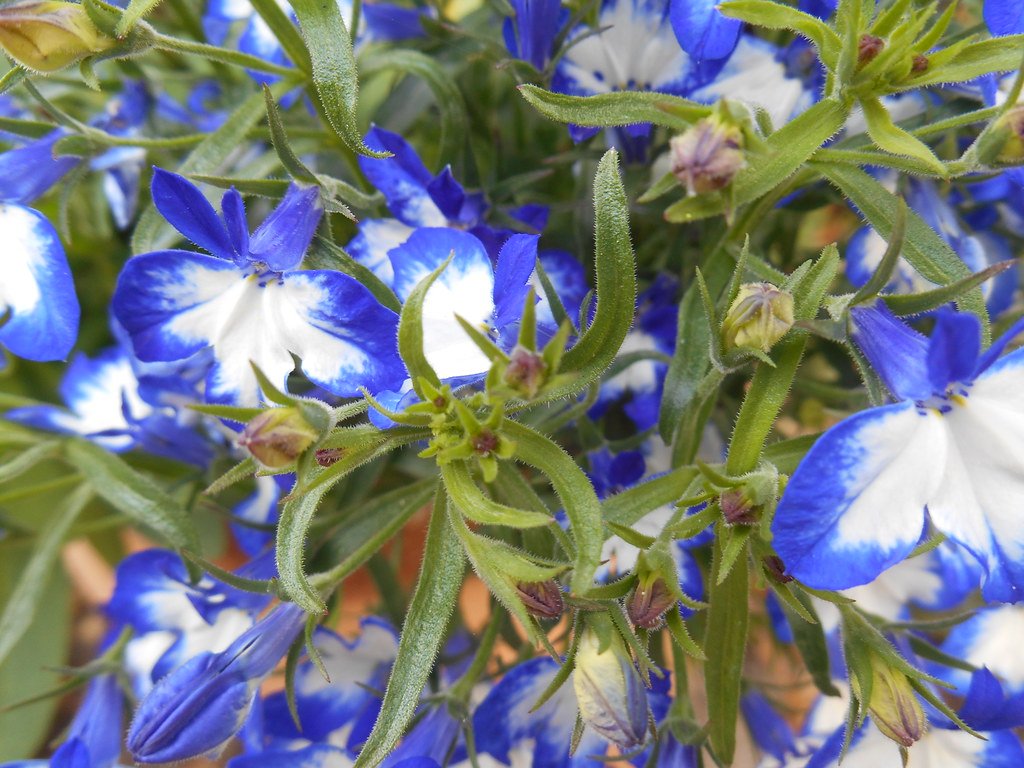
Another prehistoric marvel, Lobelia deckenii, flourishes in the harsh moorlands. Its thick rosettes of leaves form natural reservoirs, collecting water during the day and freezing it at night. This clever adaptation protects the plant’s core from frost, acting like a natural thermos. When the plant blooms, its tall flower spikes burst with blue and purple blossoms, adding splashes of color to the otherwise muted landscape. It’s almost as if the mountain itself decided to paint with ice and fire.
Helichrysum: The Everlasting Silver Blanket

As you ascend Kilimanjaro, you’re likely to spot shimmering clusters of Helichrysum, or “everlasting” flowers. With their silvery, hairy leaves, these plants reflect sunlight and trap heat, helping them survive freezing winds. Some species have been around since the ice ages, earning them a reputation as botanical survivors. Hikers often say that walking among Helichrysum feels like being wrapped in a silver blanket, shielded from the harsh world outside.
Ancient Ferns: Relics of a Greener Past
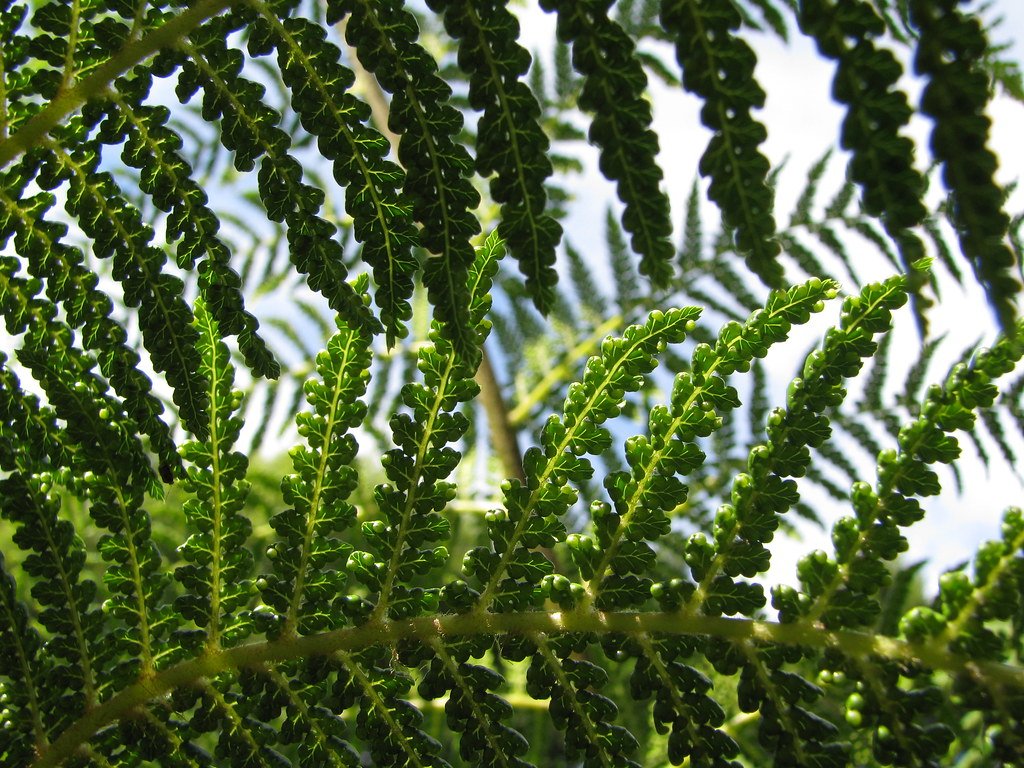
Ferns may seem ordinary, but Kilimanjaro’s ferns are anything but. They flourish in the mountain’s damp ravines and shady forest floors, displaying delicate fronds that have changed little since the age of dinosaurs. Their spores drift on the wind, settling in moist crevices where few other plants dare to grow. These ferns remind us that some of life’s oldest blueprints are still being followed—quietly, persistently, and beautifully.
Erica Arborea: Heath of the Highlands
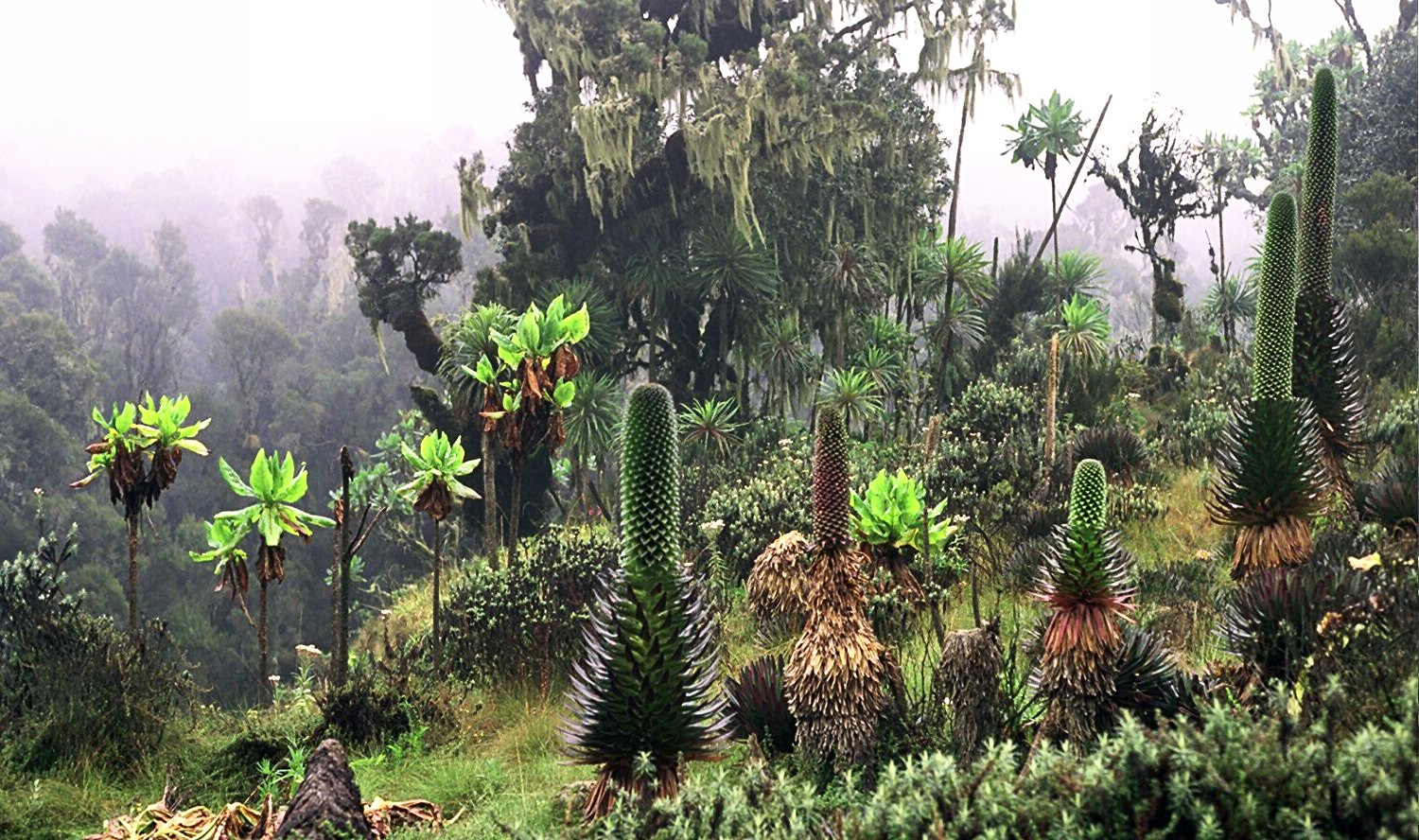
The upper montane zones of Kilimanjaro are dominated by towering heaths, especially Erica arborea. These woody shrubs, with their twisted branches and bell-shaped flowers, create eerie forests that seem straight out of a fantasy novel. Their ability to survive both fire and frost has allowed them to persist for centuries on the mountain’s slopes. Some locals call these forests “cloud gardens” because of the way mist weaves through their tangled boughs.
Mosses and Liverworts: Miniature Survivors
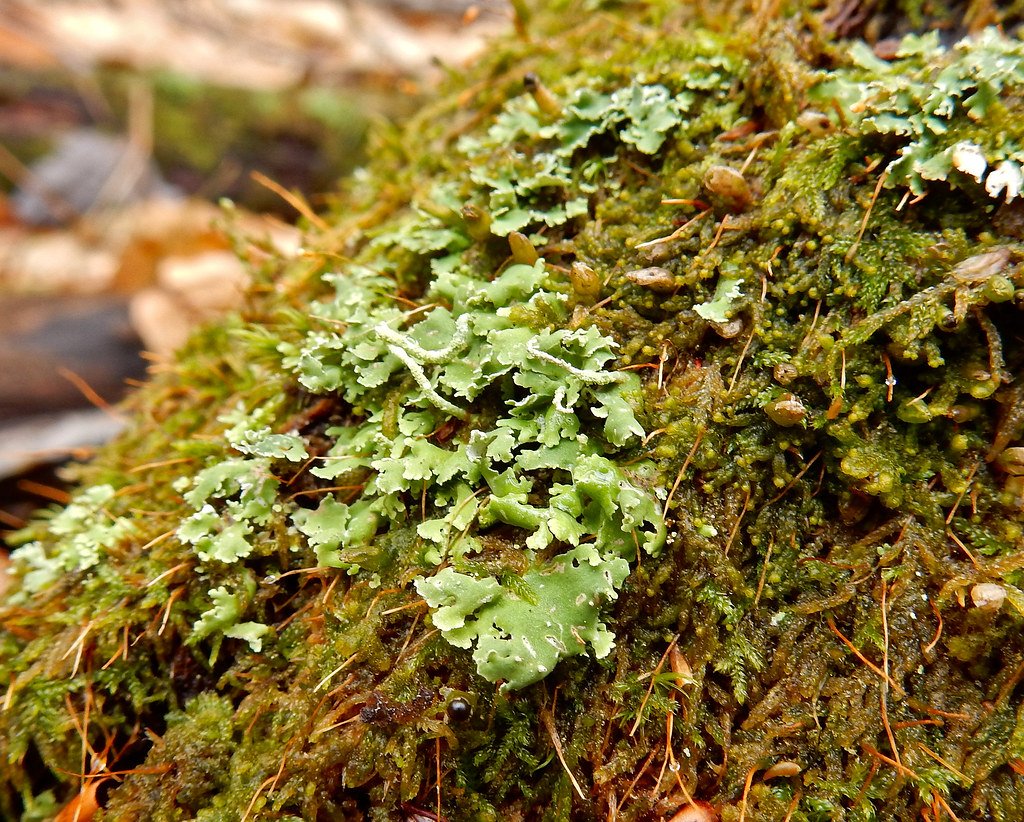
Hidden among rocks and tree trunks, tiny mosses and liverworts form lush carpets that soak up every drop of moisture. These ancient plants have been around for over 400 million years, predating even the earliest dinosaurs. On Kilimanjaro, they play a vital role in maintaining the delicate balance of the mountain’s ecosystems. Their ability to survive freezing, drying, and even being buried under snow speaks to their quiet resilience.
Bamboo Belt: A Green Fortress

Around 2,800 to 3,200 meters, a dense band of mountain bamboo (Yushania alpina) encircles Kilimanjaro. This prehistoric grass forms an almost impenetrable wall, sheltering unique wildlife and slowing soil erosion. Bamboo’s rapid growth and tough stems make it a master of survival, while its hollow canes provide homes for birds and insects. This living fortress has withstood centuries of storms, droughts, and even human encroachment.
Podocarpus: The Ancient Evergreen

Podocarpus, a relic conifer, can be found in Kilimanjaro’s lower montane forests. These evergreens date back to the Jurassic period and have survived countless climate shifts. Their needle-like leaves and tough seed cones help them endure both heat and cold. Some local communities use Podocarpus wood for building, a living link between ancient forests and present-day life.
Rising Above the Tree Line: Alpine Tussock Grasses

Beyond the forest and heath, windswept grasslands stretch toward the summit. Here, tussock grasses have evolved to withstand biting cold, fierce sun, and thin air. Their dense tufts trap heat and moisture at ground level, providing microclimates for insects and small animals. These grasses are tough, stubborn survivors, thriving where most life would wither.
St. John’s Wort: The Yellow Sentinel

Scattered among rocky outcrops, Hypericum revolutum—Kilimanjaro’s native St. John’s wort—brings bursts of golden yellow to the high-altitude landscape. This hardy shrub has thick, leathery leaves that resist frost and sunburn. Its bright flowers attract pollinators even in the thinnest air, proving that beauty and resilience often go hand in hand.
Alchemilla: The Dew Collector’s Secret
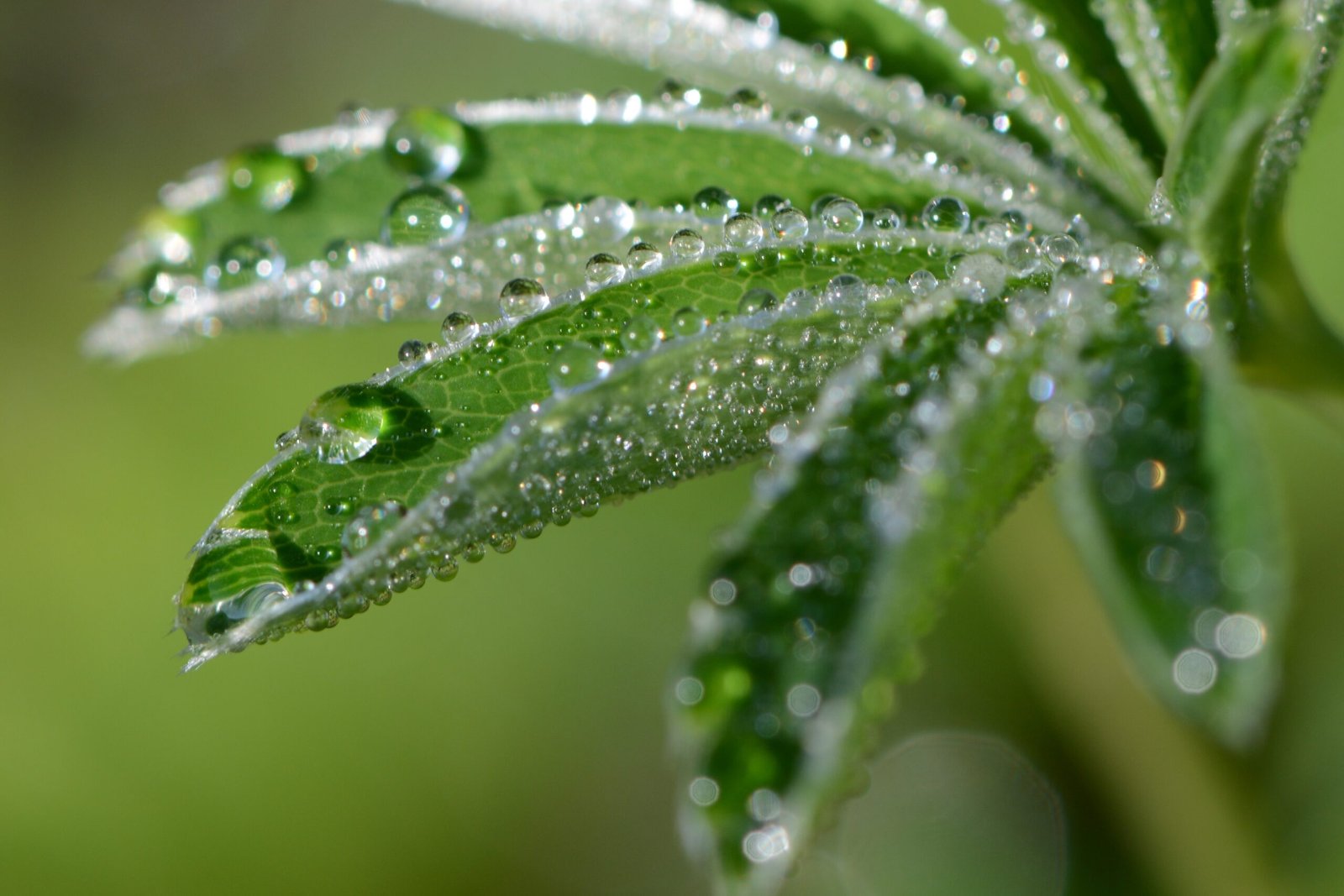
Alchemilla, or lady’s mantle, dots the mountain’s grasslands with soft, scalloped leaves. Overnight, these leaves gather dew and frost, channeling precious moisture to the plant’s roots. The sight of sparkling droplets at dawn has inspired myths of magical healing properties. In reality, it’s a simple but ingenious way to survive in a place where water is often frozen or scarce.
Endemic Orchids: Hidden Treasures

Tucked away in the damp undergrowth, Kilimanjaro’s endemic orchids are easy to miss but impossible to forget. Their delicate, intricate flowers have evolved to attract specific pollinators, often tiny insects that thrive in the cool mountain air. Some species are found nowhere else on Earth, making every discovery feel like unearthing a gem. These orchids are nature’s jewelry, crafted over millennia.
Wild Protea: African Fireworks
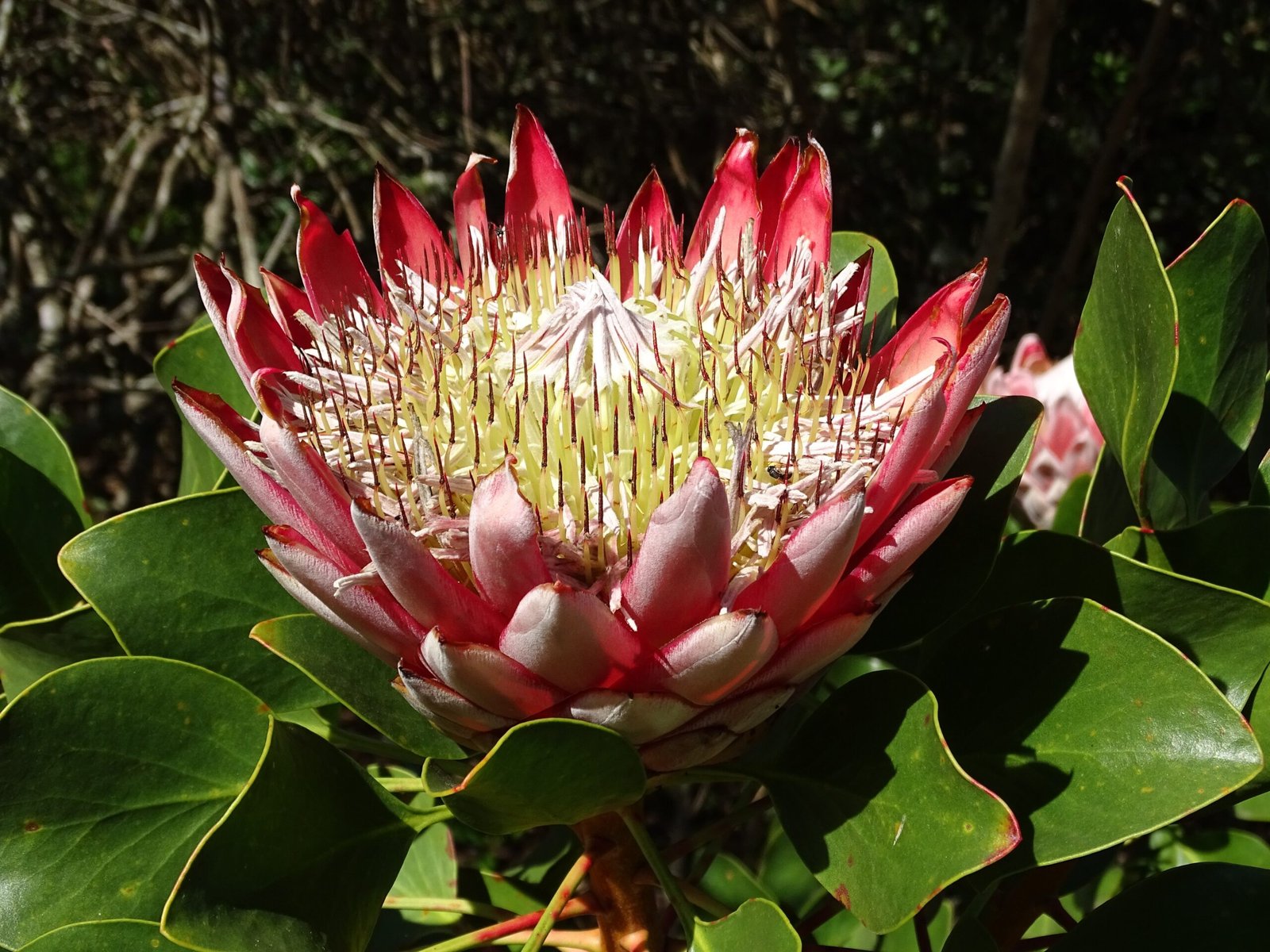
While the Protea family is more common in southern Africa, a few wild species flourish on Kilimanjaro’s slopes. Their bold, spiky blooms and leathery leaves are built for survival—resisting both fire and frost. When in bloom, Protea flowers look like fireworks frozen in mid-explosion, a fitting tribute to the mountain’s wild spirit.
Giant Lobelia Rhynchopetalum: The Sculpted Survivor
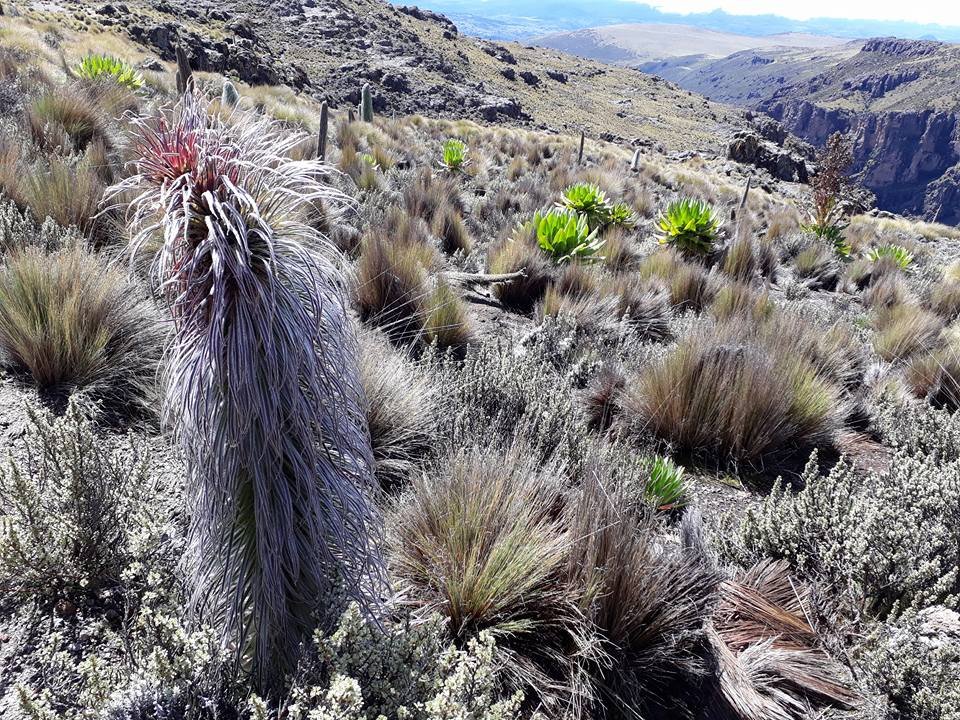
A close cousin of Lobelia deckenii, Lobelia rhynchopetalum is another giant that thrives in Kilimanjaro’s alpine zones. Its thick, upright stems and lush flower heads rise above the moorlands like natural obelisks. These plants can live for decades, with some reaching heights of several meters. Their sculptural beauty and endurance make them a favorite among botanists and photographers alike.
Old Man’s Beard: Nature’s Frosty Veil
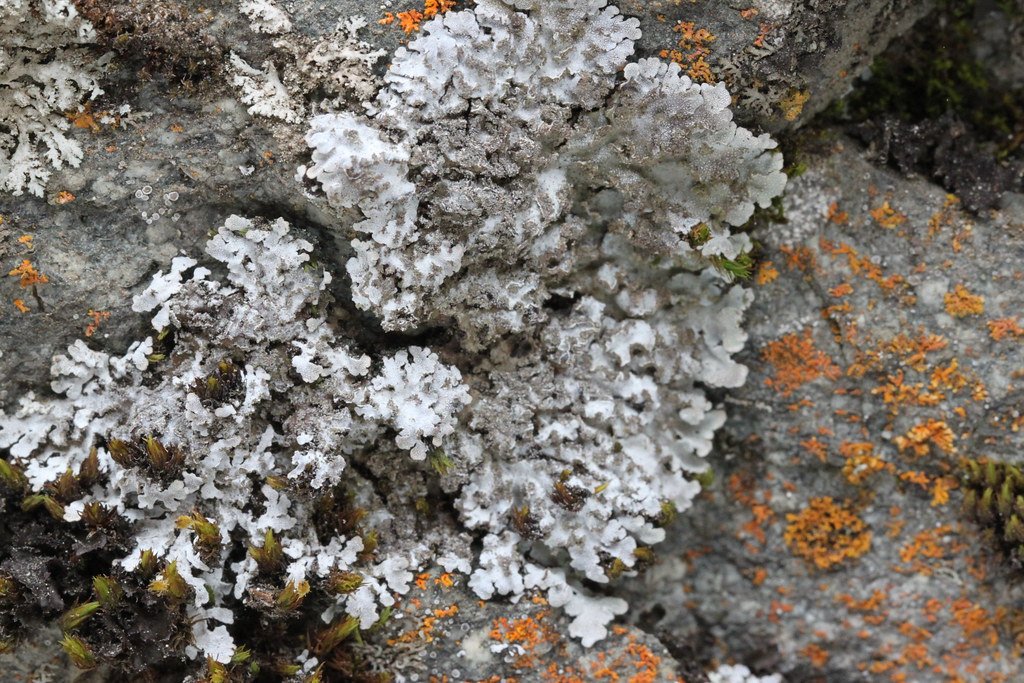
Hanging from the branches of ancient trees, wispy lichens known as “Old Man’s Beard” (Usnea) lend an ethereal touch to the mountain forests. These symbiotic organisms, part fungus and part alga, thrive in clean air and constant moisture. Their presence is a sign of a healthy, unspoiled environment, and their delicate strands catch the morning frost, turning forests into scenes from a winter fairy tale.
Succulents: Masters of Water Storage
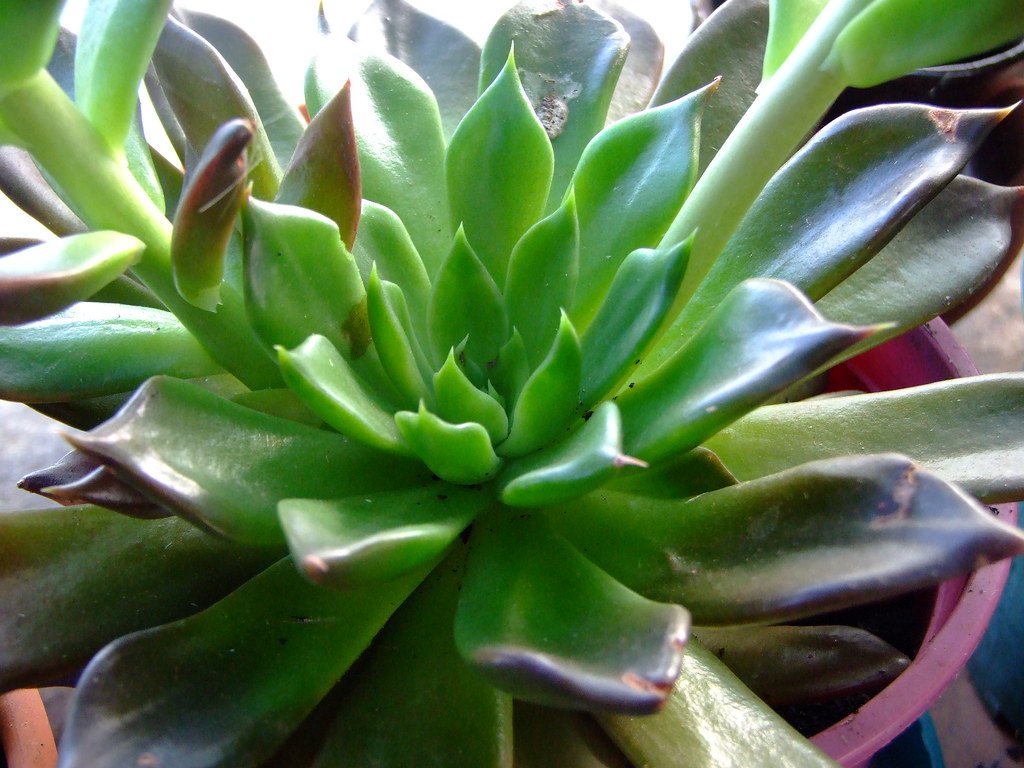
In rocky crevices and sun-baked slopes, you’ll spot tough little succulents clinging to life. These plants have thick, fleshy leaves that store water, allowing them to outlast long dry spells. Some have adapted to Kilimanjaro’s unique soils by growing in compact rosettes, minimizing surface area to prevent water loss. Their tenacity is a lesson in making the most of every drop.
Bracken Ferns: The Ancient Colonizers

Bracken ferns (Pteridium aquilinum) are among the world’s oldest and most widespread plants, and they thrive on Kilimanjaro’s lower slopes. Their fast-growing fronds can quickly cover open ground, helping to stabilize soil and prevent erosion. While their aggressive growth can sometimes crowd out other species, bracken ferns are a testament to the mountain’s deep botanical history.
Resilience in the Face of Change
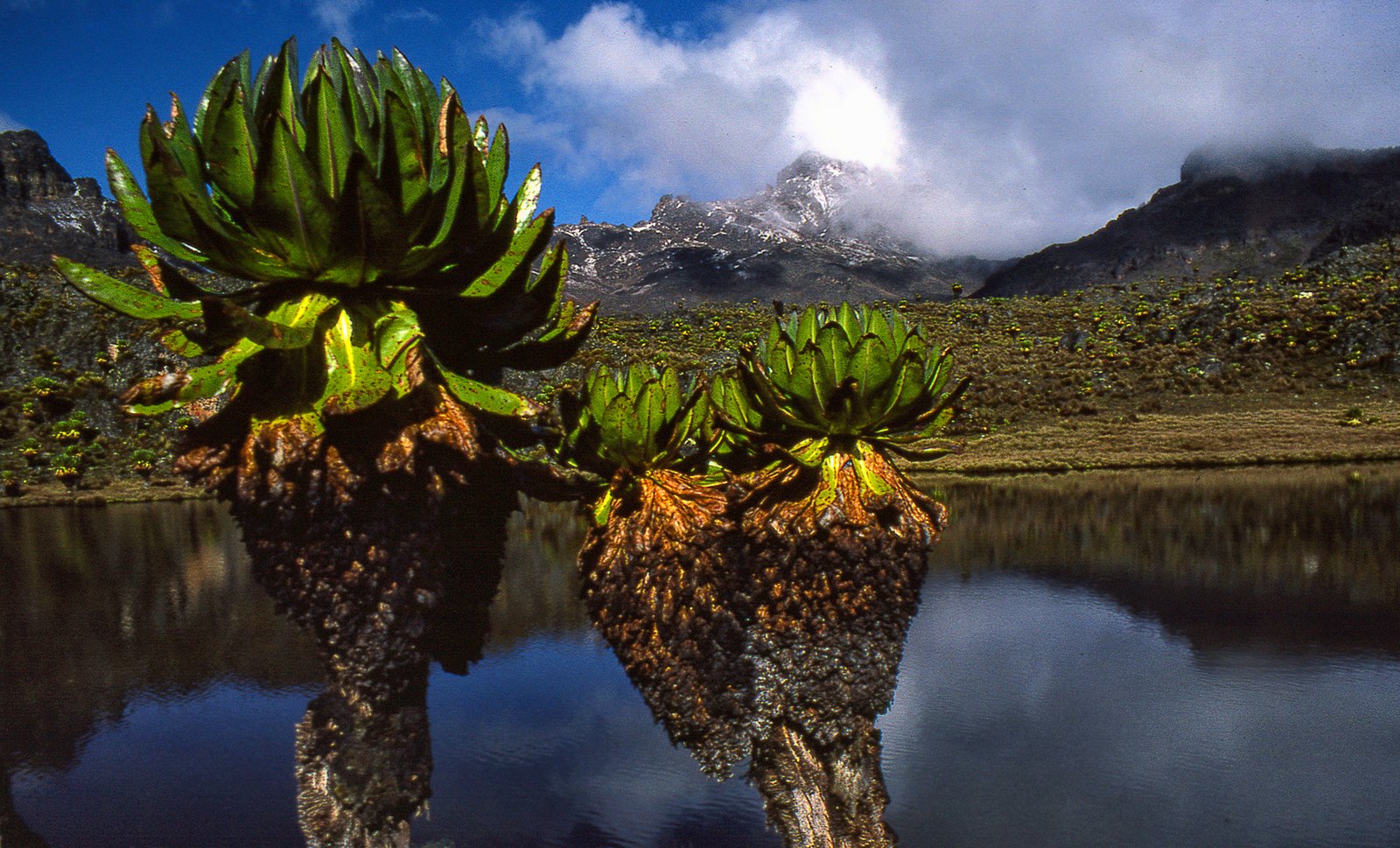
Kilimanjaro’s prehistoric plants are not just survivors—they are teachers. In a world threatened by climate change and habitat loss, these ancient species remind us of nature’s capacity for adaptation and endurance. Their continued existence depends on the fragile balance of mountain ecosystems, which are increasingly at risk. Understanding and protecting Kilimanjaro’s botanical heritage is not just about preserving the past; it’s about safeguarding the future of life on Earth.

